✨Walk On The Starline ✨gifs Made By Me :)
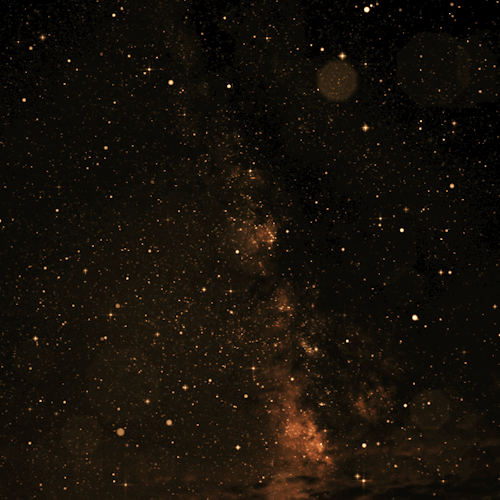
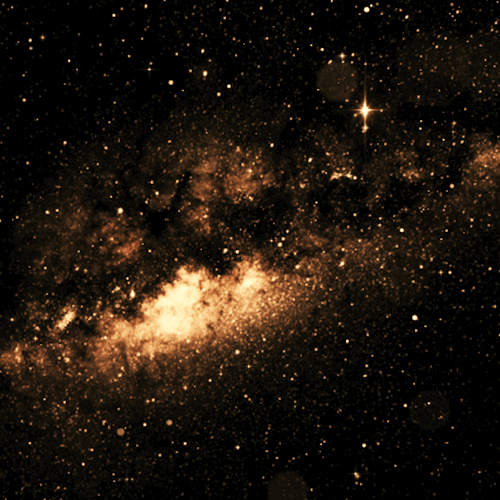
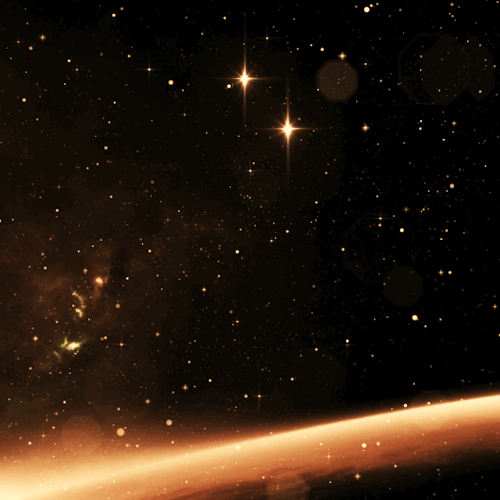
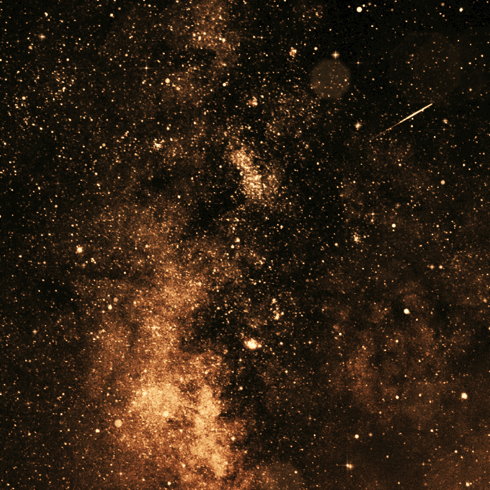

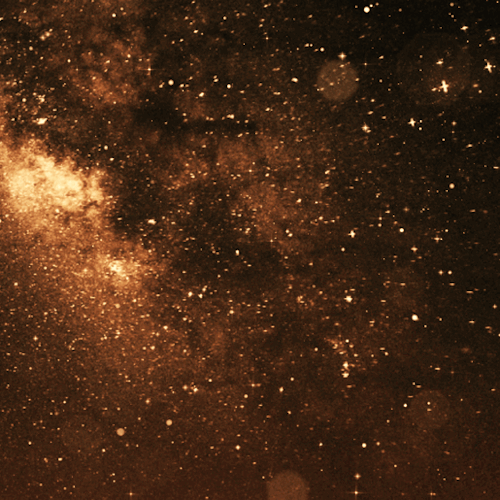
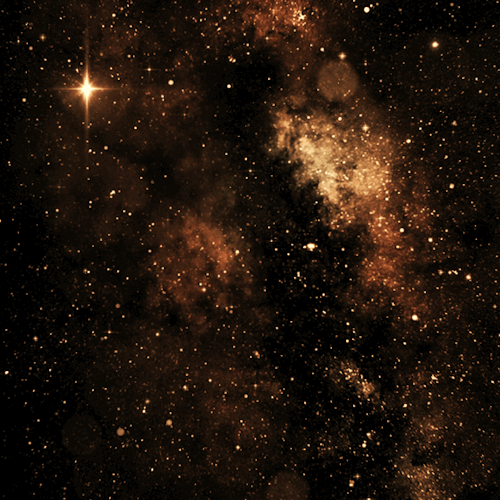

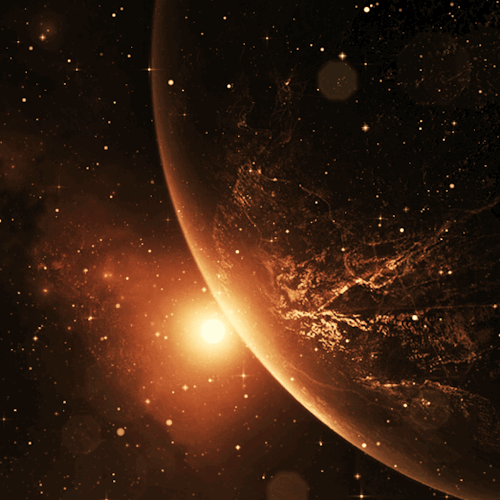
✨Walk on the Starline ✨gifs made by me :)
More Posts from Artemisz4 and Others
be your own rainbow


o kadar büyüdü ki yalnızlığım, her nereye dönsem, kendimle karşılaşıyorum.
Kararsız biriyimdir ama seni severken hiç tereddüt etmedim.

Thnks
Interesting facts about stars
Stars are giant, luminous spheres of plasma. There are billions of them — including our own sun — in the Milky Way Galaxy. And there are billions of galaxies in the universe. So far, we have learned that hundreds also have planets orbiting them.
1. Stars are made of the same stuff

All stars begin from clouds of cold molecular hydrogen that gravitationally collapse. As they cloud collapses, it fragments into many pieces that will go on to form individual stars. The material collects into a ball that continues to collapse under its own gravity until it can ignite nuclear fusion at its core. This initial gas was formed during the Big Bang, and is always about 74% hydrogen and 25% helium. Over time, stars convert some of their hydrogen into helium. That’s why our Sun’s ratio is more like 70% hydrogen and 29% helium. But all stars start out with ¾ hydrogen and ¼ helium, with other trace elements.
2. Most stars are red dwarfs

If you could collect all the stars together and put them in piles, the biggest pile, by far, would be the red dwarfs. These are stars with less than 50% the mass of the Sun. Red dwarfs can even be as small as 7.5% the mass of the Sun. Below that point, the star doesn’t have the gravitational pressure to raise the temperature inside its core to begin nuclear fusion. Those are called brown dwarfs, or failed stars. Red dwarfs burn with less than 1/10,000th the energy of the Sun, and can sip away at their fuel for 10 trillion years before running out of hydrogen.
3. Mass = temperature = color

The color of stars can range from red to white to blue. Red is the coolest color; that’s a star with less than 3,500 Kelvin. Stars like our Sun are yellowish white and average around 6,000 Kelvin. The hottest stars are blue, which corresponds to surface temperatures above 12,000 Kelvin. So the temperature and color of a star are connected. Mass defines the temperature of a star. The more mass you have, the larger the star’s core is going to be, and the more nuclear fusion can be done at its core. This means that more energy reaches the surface of the star and increases its temperature. There’s a tricky exception to this: red giants. A typical red giant star can have the mass of our Sun, and would have been a white star all of its life. But as it nears the end of its life it increases in luminosity by a factor of 1000, and so it seems abnormally bright. But a blue giant star is just big, massive and hot.
4. Most stars come in multiples

It might look like all the stars are out there, all by themselves, but many come in pairs. These are binary stars, where two stars orbit a common center of gravity. And there are other systems out there with 3, 4 and even more stars. Just think of the beautiful sunrises you’d experience waking up on a world with 4 stars around it.
5. The biggest stars would engulf Saturn

Speaking of red giants, or in this case, red supergiants, there are some monster stars out there that really make our Sun look small. A familiar red supergiant is the star Betelgeuse in the constellation Orion. It has about 20 times the mass of the Sun, but it’s 1,000 times larger. But that’s nothing. The largest known star is the monster UY Scuti. It is a current and leading candidate for being the largest known star by radius and is also one of the most luminous of its kind. It has an estimated radius of 1,708 solar radii (1.188×109 kilometres; 7.94 astronomical units); thus a volume nearly 5 billion times that of the Sun.
6. There are many, many stars

Quick, how many stars are there in the Milky Way. You might be surprised to know that there are 200-400 billion stars in our galaxy. Each one is a separate island in space, perhaps with planets, and some may even have life.
7. The Sun is the closest star

Okay, this one you should know, but it’s pretty amazing to think that our own Sun, located a mere 150 million km away is average example of all the stars in the Universe. Our own Sun is classified as a G2 yellow dwarf star in the main sequence phase of its life. The Sun has been happily converting hydrogen into helium at its core for 4.5 billion years, and will likely continue doing so for another 7+ billion years. When the Sun runs out of fuel, it will become a red giant, bloating up many times its current size. As it expands, the Sun will consume Mercury, Venus and probably even Earth.
8. The biggest stars die early

Small stars like red dwarfs can live for trillions of years. But hypergiant stars, die early, because they burn their fuel quickly and become supernovae. On average, they live only a few tens of millions of years or less.
9. Failed stars

Brown dwarfs are substellar objects that occupy the mass range between the heaviest gas giant planets and the lightest stars, of approximately 13 to 75–80 Jupiter masses (MJ). Below this range are the sub-brown dwarfs, and above it are the lightest red dwarfs (M9 V). Unlike the stars in the main-sequence, brown dwarfs are not massive enough to sustain nuclear fusion of ordinary hydrogen (1H) to helium in their cores.
10. Sirius: The Brightest Star in the Night Sky

Sirius is a star system and the brightest star in the Earth’s night sky. With a visual apparent magnitude of −1.46, it is almost twice as bright as Canopus, the next brightest star. The system has the Bayer designation Alpha Canis Majoris (α CMa). What the naked eye perceives as a single star is a binary star system, consisting of a white main-sequence star of spectral type A0 or A1, termed Sirius A, and a faint white dwarf companion of spectral type DA2, called Sirius B.
To know more click the links: white dwarf, supernova, +stars, pulsars
sources: wikipedia and universetoday.com
image credits: NASA/JPL, Morgan Keenan, ESO, Philip Park / CC BY-SA 3.0
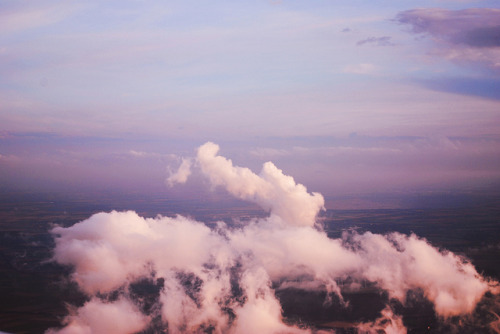
dörtmartikibinyirmibir *
savurdum kendimi,yollarımı,içimi bir tebeşir parçası gibi yere düşüp parçalara ayrıldım toplanmak zaman aldı,keşke dedim keşke şu gökte rüzgarla dans edip yolunu bulmaya çalışan bir kuş olsaydım,keşke dedim keşke bir balık olsaydım,unutmak,en büyük aşkım olsaydı?vazgeçmek istemedeydim.normal bir günde bir kitap açsaydım okumaktan hiç sıkılmasaydım,gitmediğim görmediğim her bir yerde bir parçam olsaydı,kaybolan parçalarımı arayıp bulabilseydim keşke. Bir darağacına asılı ruhumu Tanrı’ya adadağım gün kaybettim kendimi bir daha kendimi bulmamak üzere.


places missed
Hayat, ders almaktır. Her şeye rağmen kalıp ilerleyebilmektir.
-
 death-s-head-moth liked this · 1 week ago
death-s-head-moth liked this · 1 week ago -
 spacey-musical-nerd liked this · 3 weeks ago
spacey-musical-nerd liked this · 3 weeks ago -
 dothackdesign liked this · 3 weeks ago
dothackdesign liked this · 3 weeks ago -
 ebonysolcum-two liked this · 3 weeks ago
ebonysolcum-two liked this · 3 weeks ago -
 aecollector liked this · 3 weeks ago
aecollector liked this · 3 weeks ago -
 dangerousandthunderous reblogged this · 3 weeks ago
dangerousandthunderous reblogged this · 3 weeks ago -
 swordhobbit liked this · 3 weeks ago
swordhobbit liked this · 3 weeks ago -
 silentp13426 reblogged this · 3 weeks ago
silentp13426 reblogged this · 3 weeks ago -
 silentp13426 liked this · 3 weeks ago
silentp13426 liked this · 3 weeks ago -
 the-art-of-surviving-hiatus liked this · 3 weeks ago
the-art-of-surviving-hiatus liked this · 3 weeks ago -
 angrywarrior69 reblogged this · 3 weeks ago
angrywarrior69 reblogged this · 3 weeks ago -
 amjaees222 liked this · 3 weeks ago
amjaees222 liked this · 3 weeks ago -
 bonglife420 reblogged this · 3 weeks ago
bonglife420 reblogged this · 3 weeks ago -
 heademptyonlythots liked this · 3 weeks ago
heademptyonlythots liked this · 3 weeks ago -
 i-got-the-feels reblogged this · 4 weeks ago
i-got-the-feels reblogged this · 4 weeks ago -
 noirclassic liked this · 1 month ago
noirclassic liked this · 1 month ago -
 lovewerewolves reblogged this · 1 month ago
lovewerewolves reblogged this · 1 month ago -
 brunobrza liked this · 1 month ago
brunobrza liked this · 1 month ago -
 night-fire liked this · 1 month ago
night-fire liked this · 1 month ago -
 grimmskeeperrv2 reblogged this · 1 month ago
grimmskeeperrv2 reblogged this · 1 month ago -
 tut-mirleid reblogged this · 1 month ago
tut-mirleid reblogged this · 1 month ago -
 dreamsfr0myesterday reblogged this · 1 month ago
dreamsfr0myesterday reblogged this · 1 month ago -
 iamniscalo liked this · 1 month ago
iamniscalo liked this · 1 month ago -
 caramba-caramba reblogged this · 1 month ago
caramba-caramba reblogged this · 1 month ago -
 0v3rmyh3ad reblogged this · 1 month ago
0v3rmyh3ad reblogged this · 1 month ago -
 dary-98 liked this · 1 month ago
dary-98 liked this · 1 month ago -
 kafaminguzelligi reblogged this · 1 month ago
kafaminguzelligi reblogged this · 1 month ago -
 forthesanityofsome liked this · 1 month ago
forthesanityofsome liked this · 1 month ago -
 ettawritesnstudies liked this · 1 month ago
ettawritesnstudies liked this · 1 month ago -
 bloodlessheirbyjacques reblogged this · 1 month ago
bloodlessheirbyjacques reblogged this · 1 month ago -
 lola0 liked this · 1 month ago
lola0 liked this · 1 month ago -
 beautiful-luxury-fashion liked this · 1 month ago
beautiful-luxury-fashion liked this · 1 month ago -
 arcadeplayer-nickonz liked this · 1 month ago
arcadeplayer-nickonz liked this · 1 month ago -
 snowdropsnake liked this · 2 months ago
snowdropsnake liked this · 2 months ago -
 catherinehellens reblogged this · 2 months ago
catherinehellens reblogged this · 2 months ago -
 por-que-tan-solo liked this · 2 months ago
por-que-tan-solo liked this · 2 months ago -
 dreamsoftruths reblogged this · 2 months ago
dreamsoftruths reblogged this · 2 months ago -
 stimandchill liked this · 2 months ago
stimandchill liked this · 2 months ago -
 akfliss liked this · 3 months ago
akfliss liked this · 3 months ago -
 blueethquakeinternet liked this · 3 months ago
blueethquakeinternet liked this · 3 months ago -
 minebutyours reblogged this · 3 months ago
minebutyours reblogged this · 3 months ago -
 minebutyours liked this · 3 months ago
minebutyours liked this · 3 months ago -
 omgherbalicious liked this · 3 months ago
omgherbalicious liked this · 3 months ago
